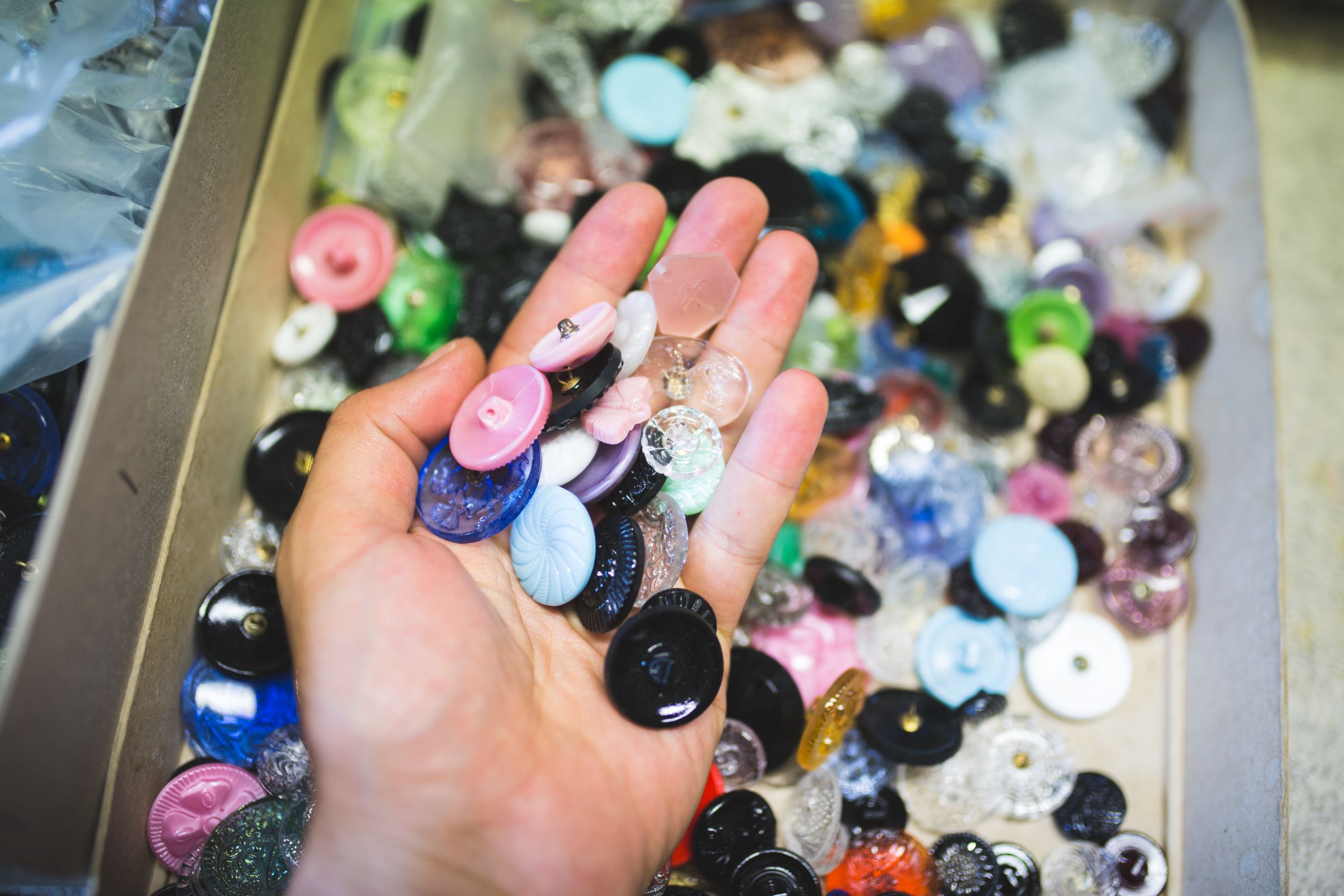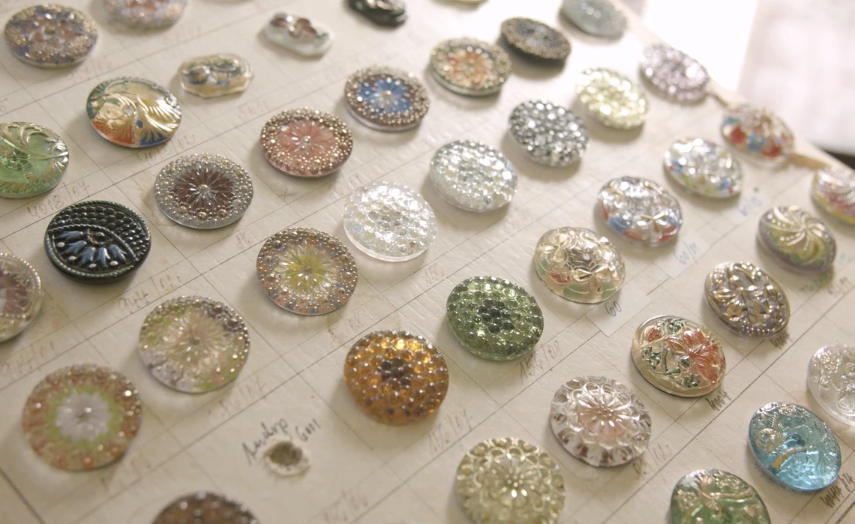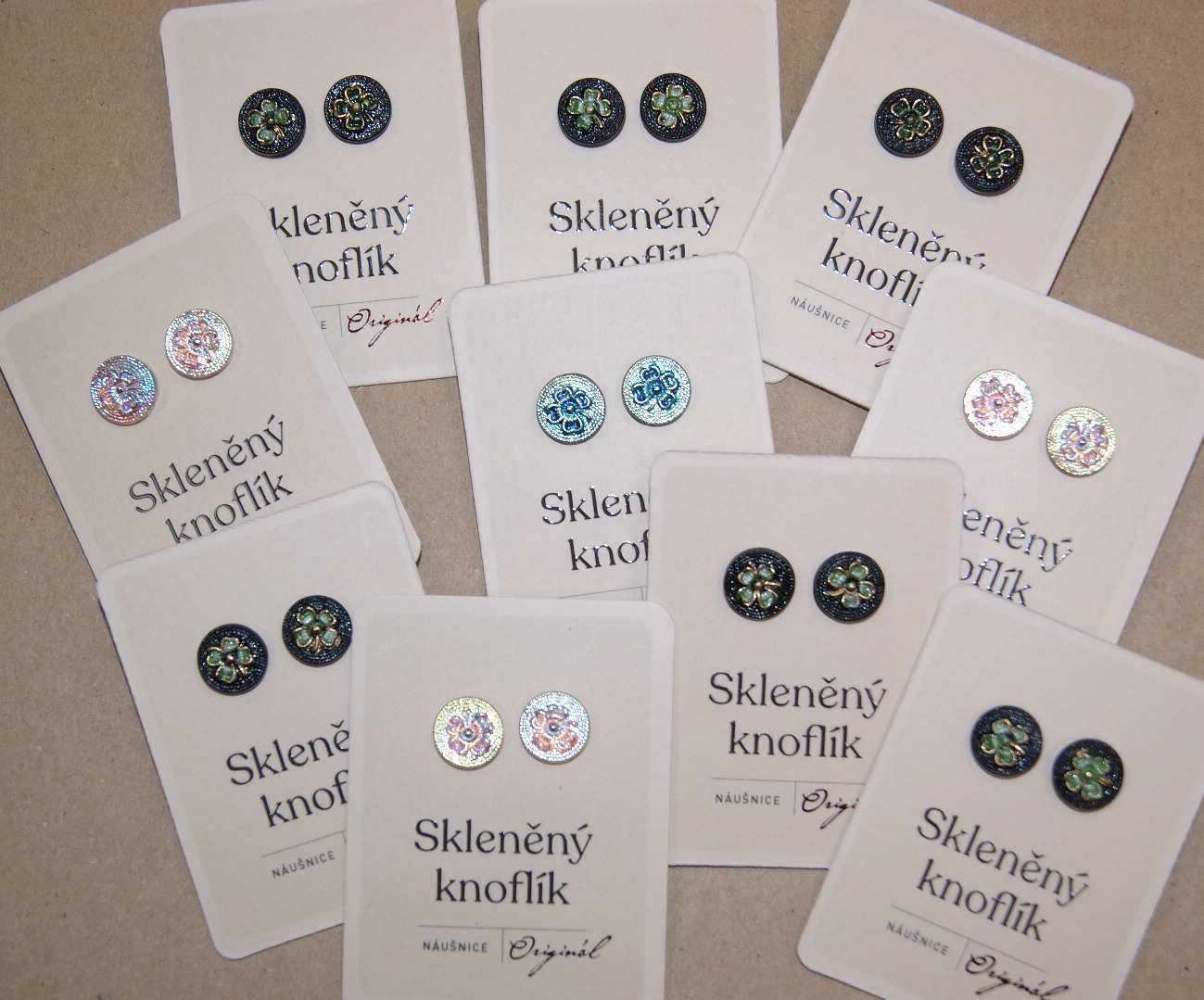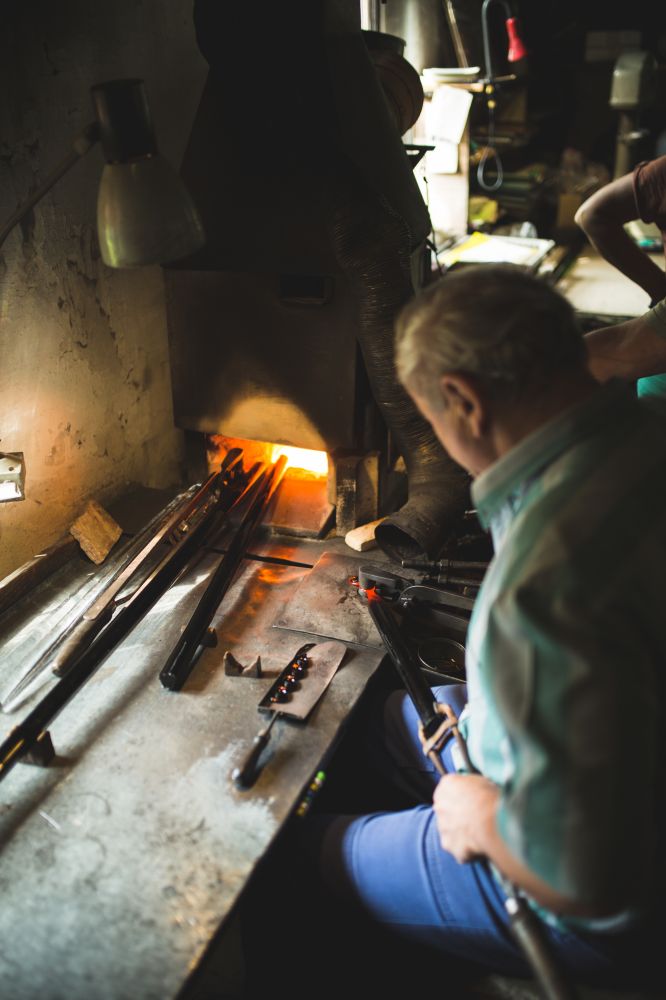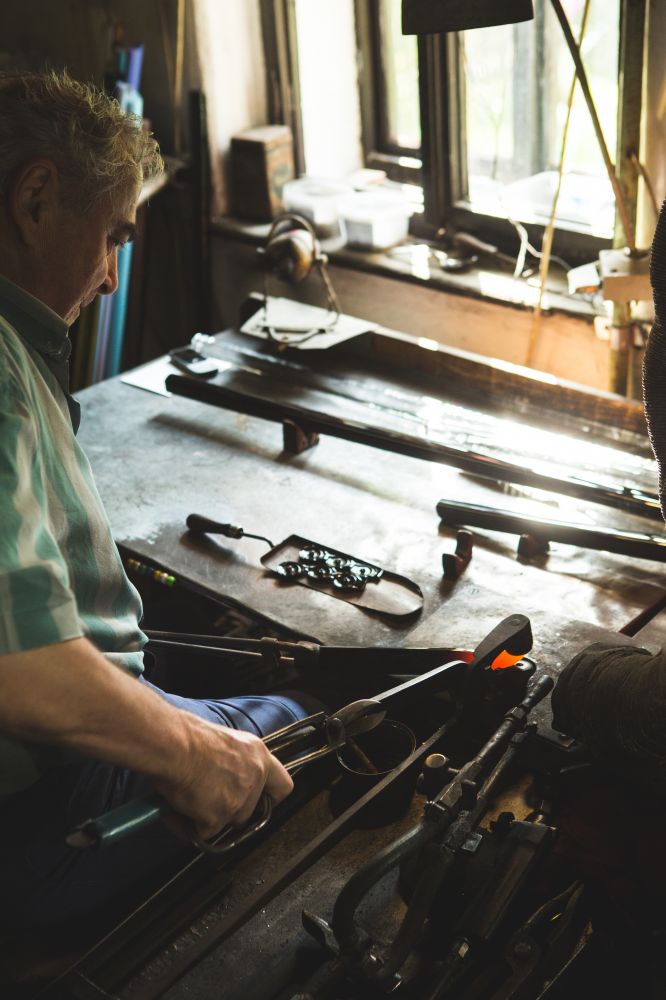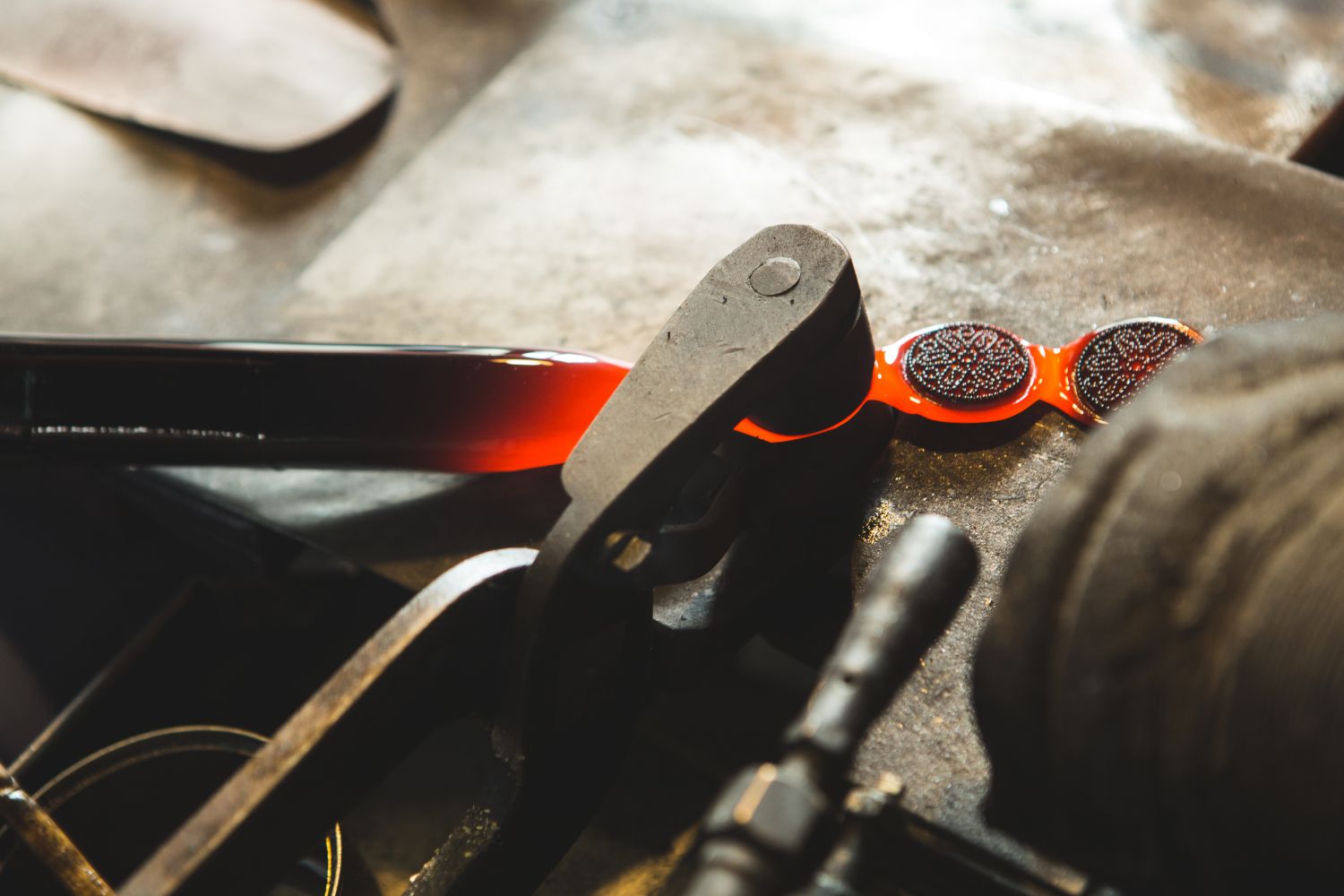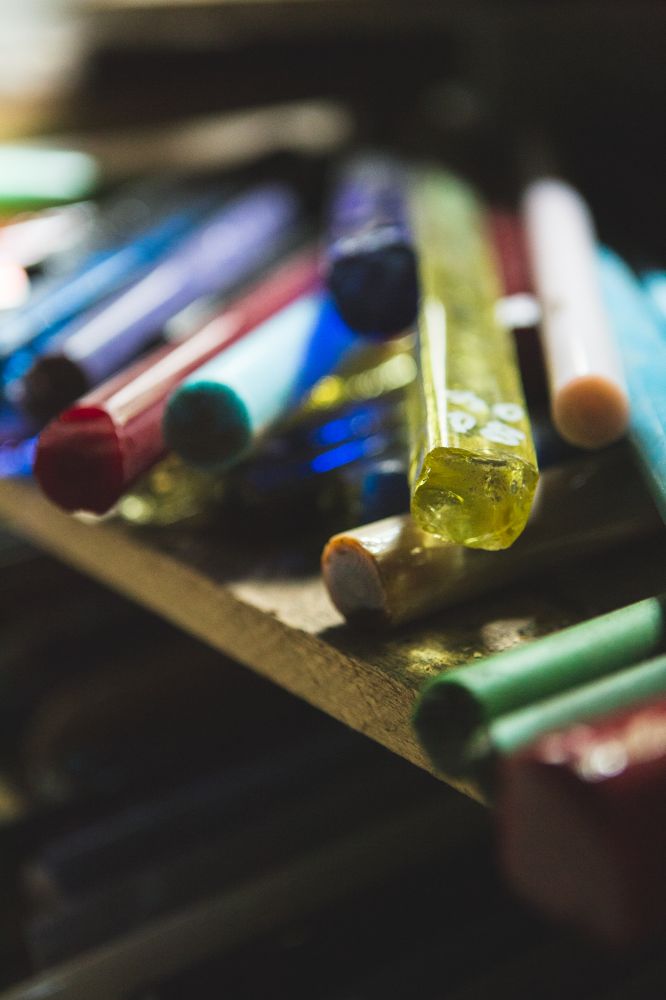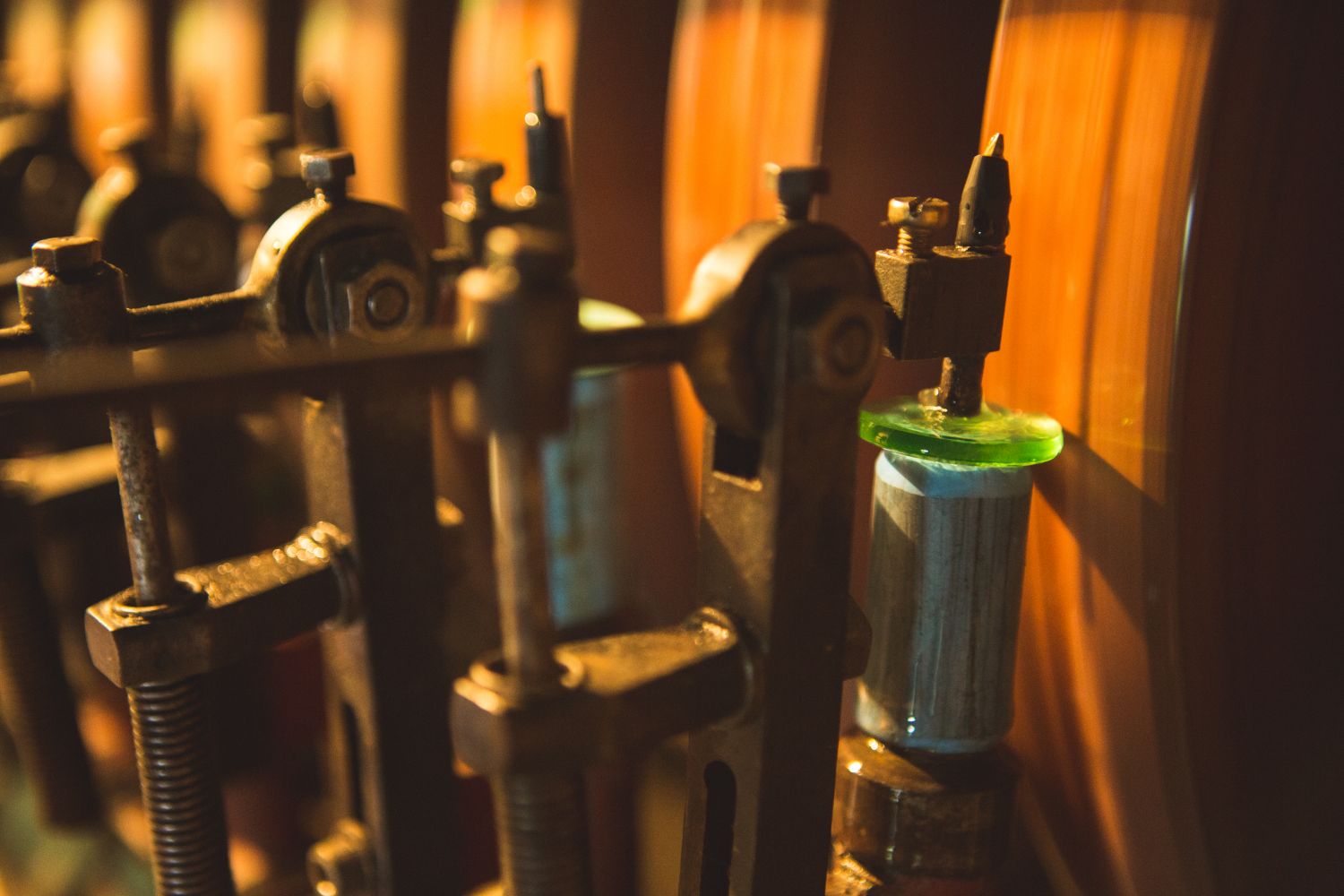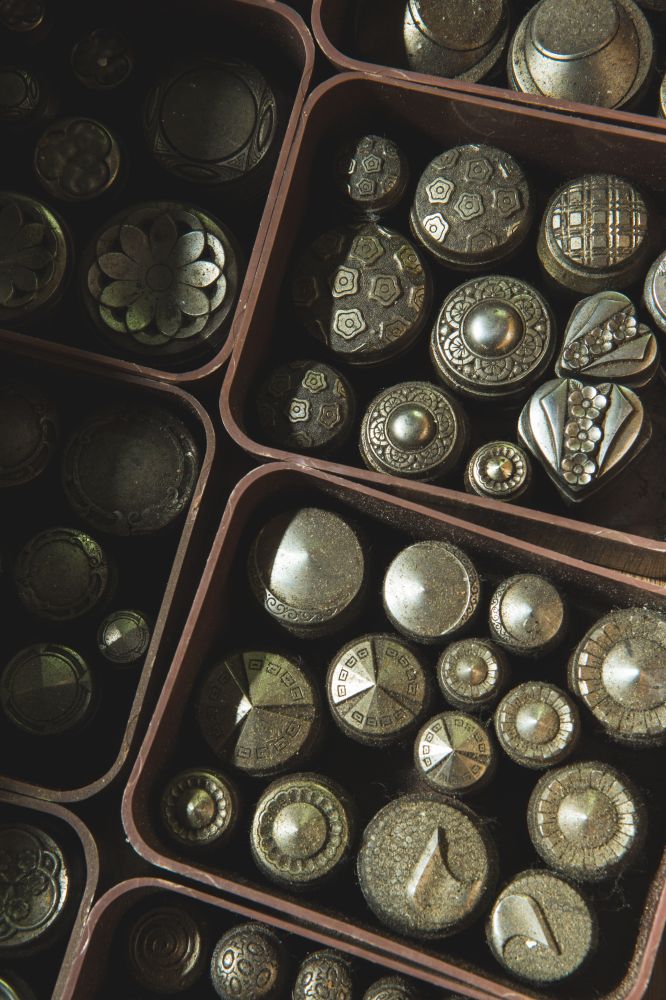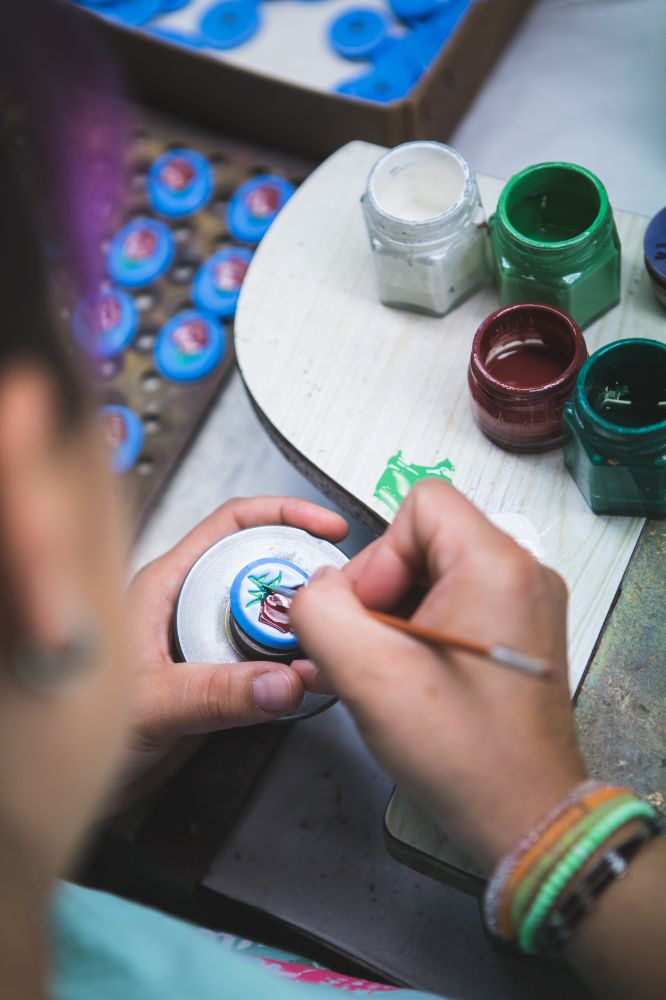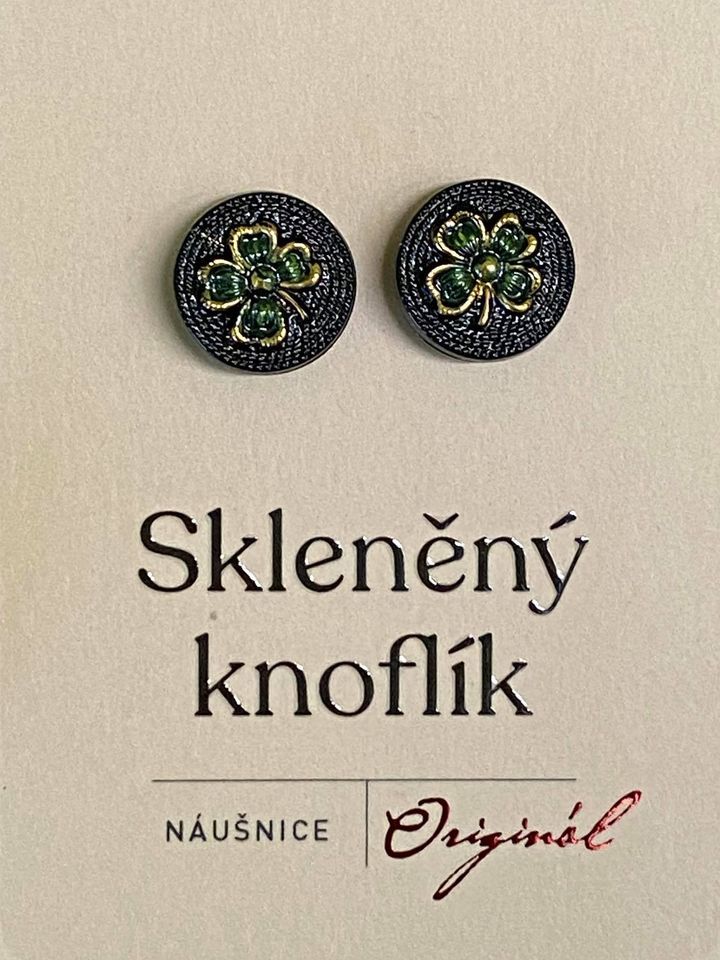AG Plus
AG Plus spol. s r.o. was founded in 1993 and since its inception has been involved in continuing, modernizing, and maintaining the tradition of handmade costume jewelry in the Jablonec region. During the 19th century, Jablonec became a world-renowned center for glassmaking and costume jewelry. At that time, the Jablonec region began to be nicknamed "Austrian California."
From the beginning, the company's main portfolio has been the production of rhinestone semi-finished products, mainly for foreign clothing and footwear companies and wholesalers offering a range of products for the hobby sector.
We have gradually become the most important suppliers not only of rhinestone semi-finished products, but also of soldered rhinestone jewelry, such as necklaces, bracelets, headbands, earrings for prom and wedding occasions, as well as for everyday wear. We prefer close cooperation with customers, thanks to which we create unique collections based on specific customer requirements.
A major advantage is that the entire production process takes place under one roof at our company. From the original designs by experienced designers, through our own production, subsequent inspection, thorough cleaning, to the final galvanization and packaging of the products.
In 2003, the company took over the production of glass buttons from ELEGANT as the majority owner and included it in its portfolio of activities. We have long strived to preserve and support local culture and values, which is why we decided to continue developing the traditional method of glass button production and return it to the limelight of global fashion exhibitions and markets, where it undoubtedly belongs.
Glass buttons are now among the handicraft products of the Liberec Region and are offered under the Jizerské hory regional product label, where glass production originated in the early 18th century.
The main export countries are the USA, Japan, France, Germany, Italy, Poland, and other European countries.
Thanks to the initiative of the Museum of Glass and Jewelry in Jablonec nad Nisou, together with the Ministry of Culture, the Institute of Folk Culture in Strážnice, and the National Open-Air Museum in Rožnov pod Radhoštěm, "Knowledge, craftsmanship, and skills of handmade glass production" were inscribed on the UNESCO Representative List of the Intangible Cultural Heritage of Humanity on December 6, 2023. Both hot and cold glassmaking techniques were inscribed, including the handmade production of costume jewelry, which includes our production.
During the tour, visitors are introduced to the production of strass costume jewelry. The tour includes a detailed description of the entire process of glassmaking, including the production and painting of glass buttons.

